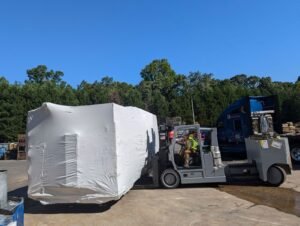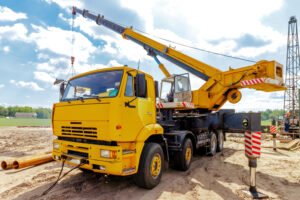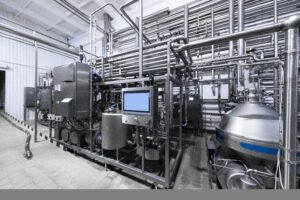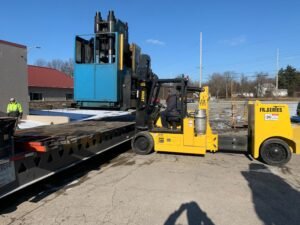The efficient movement of machinery is crucial for businesses across various industries, but it’s a process that’s often governed by a web of intricate local regulations and permits. Understanding and adhering to these rules is essential to ensure the smooth and legal relocation of equipment. In this blog, we’ll delve into the world of local regulations and permits for machinery moves, providing you with valuable insights to navigate this complex landscape.
The Importance of Local Regulations
Local regulations surrounding machinery moves exist to safeguard public safety, protect infrastructure, and maintain the environment. Before initiating any machinery move, it’s imperative to research and comprehend the specific rules governing your area. Ignorance of these regulations can lead to delays, fines, and potential legal issues.
Common Permits Required
Different jurisdictions may require various permits for machinery moves, depending on factors such as the size, weight, and nature of the equipment. Some common permits include:
- Oversize/Overweight Load Permits: These permits are necessary when moving machinery that exceeds standard weight and size limits on roads.
- Route Permits: In some cases, moving large machinery might require designated routes to avoid causing damage to infrastructure or disrupting traffic.
- Environmental Permits: If your machinery contains hazardous materials, you might need environmental permits to ensure safe transport and handling.
- Zoning Permits: Local zoning regulations might come into play when moving machinery within certain zones, like residential or industrial areas.
Steps to Obtain Permits
- Research: Begin by researching the specific regulations in your area. Visit local government websites or consult with relevant authorities to understand the permits needed for your machinery move.
- Application Process: Once you’ve identified the necessary permits, familiarize yourself with the application process. This may involve providing details about the machinery, planned routes, safety measures, and more.
- Timelines: Keep in mind that obtaining permits can take time. Plan your machinery move well in advance to account for any delays in the permit approval process.
- Compliance: Ensure that you adhere to all stipulations outlined in the permits. Failure to comply can result in penalties or even the suspension of your move.
Potential Challenges
Moving machinery is rarely without challenges, and navigating local regulations adds an extra layer of complexity. Some challenges you might encounter include:
- Varying Regulations: Regulations can differ significantly from one jurisdiction to another, necessitating thorough research for each move.
- Changing Requirements: Regulations and permit requirements can change over time. Stay updated to avoid surprises during the move.
- Limited Routes: Oversized equipment might have restricted routes to prevent damage to infrastructure. Planning alternative routes is crucial.
Conclusion
In the world of machinery moves, understanding and adhering to local regulations and permits is non-negotiable. Taking the time to research, apply for, and comply with the necessary permits can save you from unnecessary delays, fines, and legal troubles. By following the steps outlined in this blog, you can confidently navigate the complex landscape of local regulations and ensure a successful machinery move that is both efficient and compliant.














